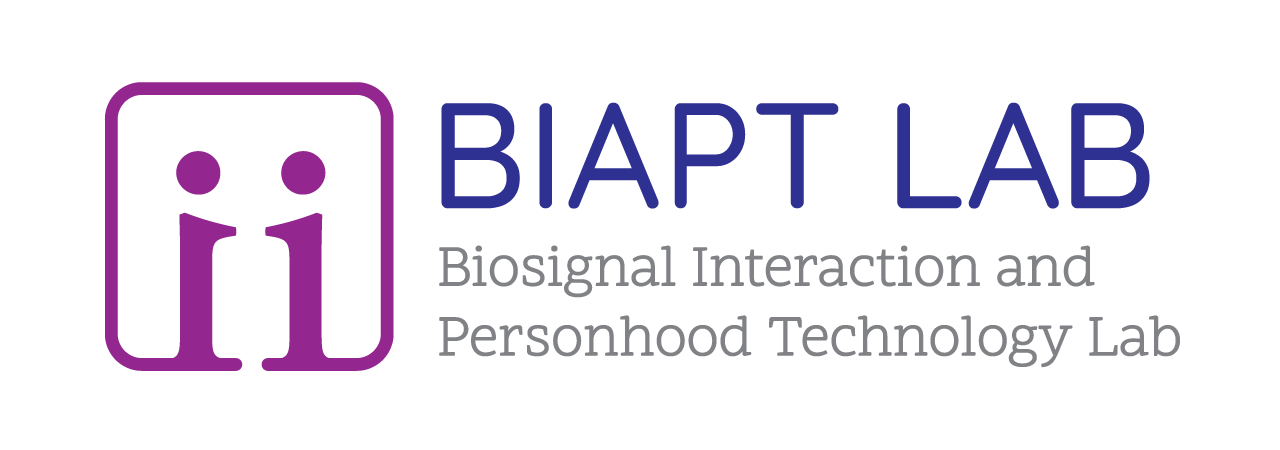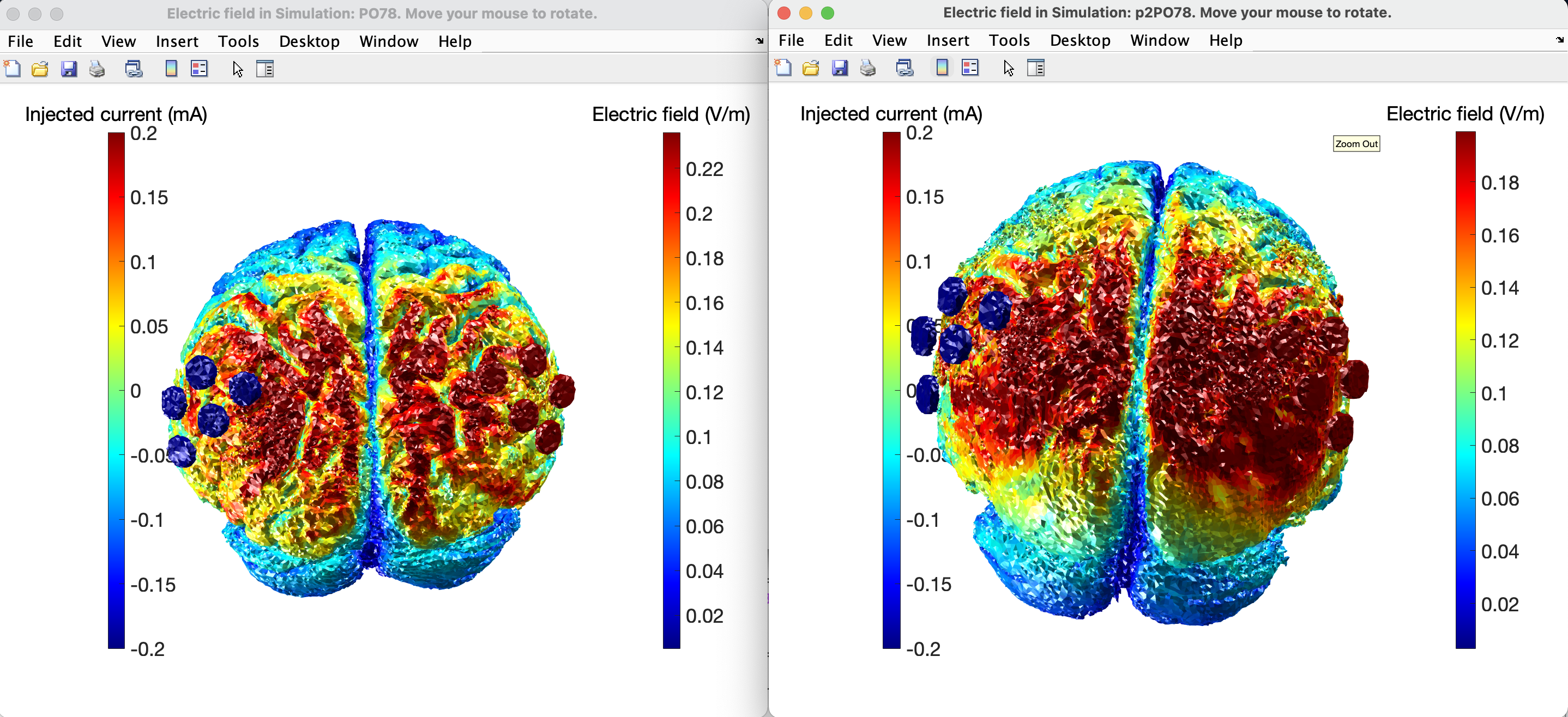Neuromodulation is a technique whereby low-intensity electrical current is applied to the surface of the scalp in order to modulate the electrical properties of a region of the brain. There are two common forms of transcranial electrical stimulation (tES): transcranial direct current stimulation (tDCS) and transcranial alternating current stimulation (tACS).
tDCS is a non-invasive brain stimulation technique which modulates cortical excitability through electrodes placed on the surface of the scalp. In its anodal configuration, cortical excitability is increased through a long-term potentiation-like mechanism. tACS stimulates the brain using alternating current, thus manipulating and entraining endogenous oscillations by introducing a sinusoidal pattern current. The external oscillatory electric current is applied in order to influence cortical activity and its excitability through brain oscillation entrainment and spike-timing dependent plasticity mechanisms.
We are currently investigating tDCS and tACS for their potential to modulate the levels of consciousness in patients in coma and disorders of consciousness. Using an integrated tES/hdEEG system, we construct customized stimulation montages for each participant using their individualized head models. Our study assesses whether or not repeated tDCS or tACS sessions can improve the level of consciousness of patients who are in a coma or a disorder of consciousness.
This study is being led by Beatrice de Pelletier Konick in collaboration with Louis de Beaumont. If you know an individual in a disorder of consciousness who may be eligible for this study, please contact us directly.

